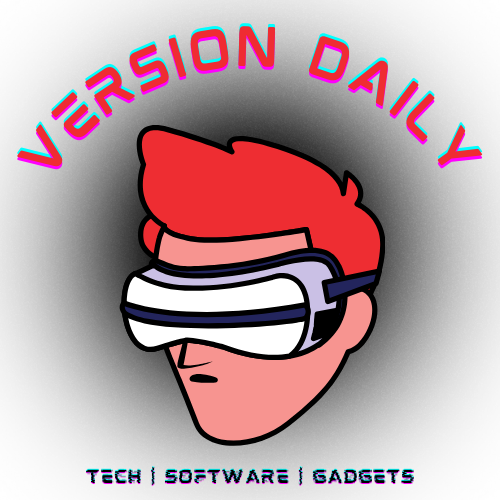Wearable tech is a term that generally refers to any type of technology item that you can wear, including smartwatches and fitness trackers.
Tech items that you can wear are more popular and useful than ever before. Regardless of what you want to track, these items can do it for you. The smartwatch you wear tells you how you slept the night before, shows whether or not your body temperature has fluctuated, and gives your health and performance data that can be used during your workouts.
How is wearable tech supposed to change and improve for the future?
New tools for more information
Smartwatches continue to evolve with various AI-powered tools to provide wellness data and more sophisticated health information than ever before. Apple is developing an Apple Watch feature that could monitor your sleep apnea and high blood pressure to provide warnings for users. Google is also working on ways to improve its Fitbit with answers to questions regarding your athletic performance. These improvements can simply take things further and give you more information than ever before.
Adding Generative AI to the mix
AI isn’t new to wearable tech and smartwatches, but it’s expected to continue to grow and get better in the near future. Generative AI is the type of AI used to power ChatGPT and create content and responses when prompted after being trained on data. This type of AI has made its way to search engines, productivity tools, and smartphones already. It won’t be long before it’s a bigger part of the smartwatches and fitness trackers that you use every day.
Health tracking continues to evolve
Instead of a simple set of tools and apps that people must adhere to, Fitbit is launching Fitbit Labs, which can answer AI questions and provide more context about your activity. This new feature could allow you to ask the Fitbit app why something seems off when you perform the same workout one day compared to another. This could be as simple as the types of food you’ve eaten, the lack of sleep from the night before, or the time of day when the workout was performed.
Apple already has Siri working to answer health-related questions, which can be asked on your Apple Watch Series 9 and Ultras 2. This is an important part of utilizing wearable tech, which Apple continues to develop into a digital health coach that will leverage the Apple Watch data to provide advice and insights. Apple is also working to add health data and tracking to the Vison Pro headset, which can be a VR tool to help make workouts more fun.
Samsung is relatively quiet
The future additions to Galaxy Watches is still unclear because most Samsung executives haven’t leaked the direction that Samsung is taking for health tracking. That doesn’t mean the company isn’t working on applying AI to wearable tech. There could be a type of digital assistant or helping users handle health data going forward.
What else can they add to the mix?
Smartwatches have sensors for measuring nearly everything about your body for health tracking. These devices track your heart rate, temperature, and blood oxygen already. Tech companies are looking for ways to put these sensors to better use and provide more statistics for users to benefit from when wearing these devices.
The Samsung Galaxy Watch just got FDA approval for sleep apnea detection. Two new features are being added to help you track some of the health concerns you might have. These features are called My Vitality Score and Booster Cards. The first is a readiness score to evaluate your physical and mental state based on activity, sleep, resting heart rate, and heart rate variability. Booster Cards provide more context around your health readings.
Wearable tech goes smaller
The next step is for users to add something that’s existed for years but hasn’t been accepted in a mainstream manner yet. These items are smart rings, and Samsung is leading the way with the Galaxy Ring. This smart ring can replicate much of the functionality of a smartwatch in a much smaller device. The goal isn’t as much to be cheaper but smaller, making it easier for wearers to enjoy using a small device that has the same capabilities as a smartwatch.
The future of wearable tech includes a more in-depth use of AI and smaller devices that can go around a finger instead of a wrist. Will you join the movement forward to track more health items and have better insights into why you feel the way you do?


